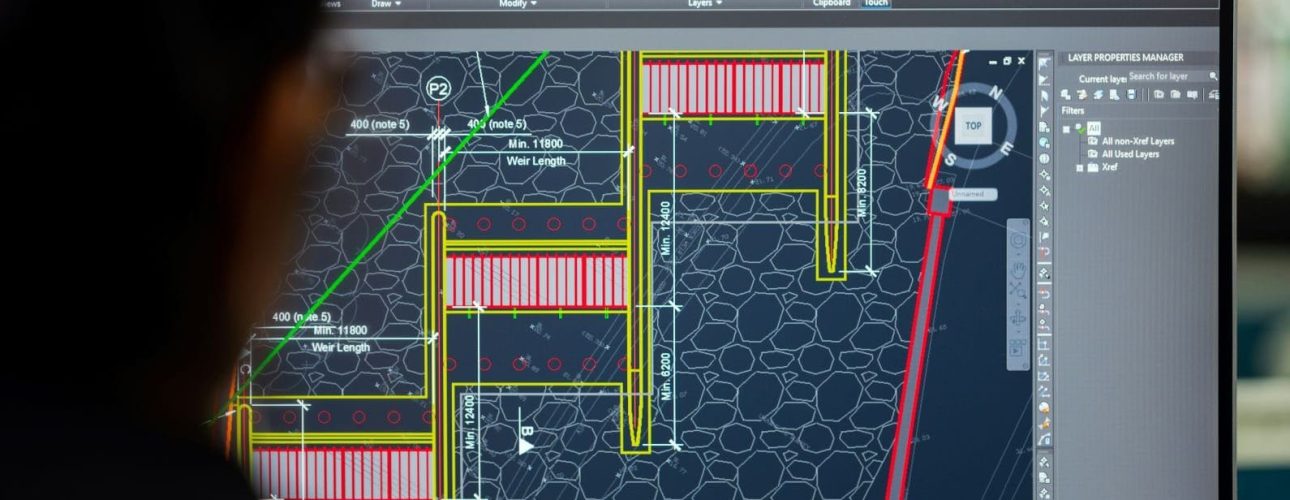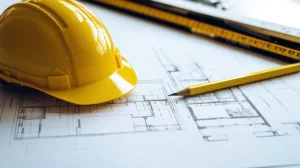Land development, a pivotal aspect of the wider civil engineering landscape, is a process that designs and prepares land for a variety of uses that meet the needs of a local community. This vital field plays an important role in shaping the infrastructure present in both urban and rural areas, ensuring that the environment we build isn’t just functional, but directly contributes to growth and sustainability.
Understanding Land Development in Civil Engineering
When we talk about land development in the area of civil engineering, what we refer to is the way we can alter the landscape itself to accommodate different functions. This can include anything from re-zoning for residential use to the installation of utilities, including the construction of community facilities. Land development also includes the process of transforming raw land into a usable plot, either for residential, commercial, industrial, or retail use.
A Backbone for Infrastructure
Engineering of any sort is nothing without a solid base of infrastructure to support it, and land development is where we set the foundation for it. Land development design directly influences the function and performance of infrastructure, because it ensures that whatever is built on the land being developed—a road, a drainage system, or even a power plant—has the solid base it needs to thrive.
Methods and Techniques in Land Development
In execution, land development is a meticulous process. From start to finish, it could go through multiple phases to ensure it’s done right.
Site Analysis and Selection
Before the first brick is laid, engineers perform exhaustive site analysis to determine the land’s suitability for development. Factors such as soil composition, slope, environmental constraints, and nearby amenities are considered. The selection process is equally complex, as it needs to align with the economic viability and the long-term goals of the community.
Zoning Regulations and Permits
Zoning regulations, which dictate the types of activities that can occur within a given area, play a fundamental role in the development process. Gaining permits can be an exhaustive, time-consuming process, often requiring delicate negotiation and a clear understanding of legal precedents.
Environmental Impact Assessments: The Green Perspective
In a world acutely aware of the impact of development, environmental assessments are now a standard part of the land development process. EIAs (Environmental Impact Assessments) consider the potential effects on the environment, helping to identify and mitigate risks associated with a development project.
Applications of Land Development in Civil Engineering
So what does a land developer do? As part of an engineering team, they work with other engineers, architects, project managers, and the construction team to ensure a plot of land is efficiently transformed into a functional residential, commercial, industrial, or retail space.
Parts of the Land Development Process
- Economic Feasibility
- Zoning
- Site Planning
- Erosion Control
- Meeting Municipal Requirements
- Grading
- Floodplain Analysis
- Utility Planning
- Stormwater Management
That’s just a few of the responsibilities a land developer has when it comes to developing raw land into a usable plot. Because they know the ins and outs of land development law and processes, they’re an essential part of any construction team.
Challenges and Considerations
Progress is a double-edged sword, even when it comes to land development. As we’re propelled forward in developing land for use, it also requires us to tackle complex challenges and consider broader implications.
Environmental Implications of Land Development
Water and air quality, biodiversity, and climate change are issues that must feature prominently in the minds of engineers when planning and designing a new land development project. Any environmental constraints may require redrafting a design and altering initial plans.
Community Engagement and Social Impact
Land development is not just an abstract concept; it has tangible and often transformational effects on communities. Because of this, community engagement must be a major part of any development project. The local community must have its say in decisions that will affect their lives and surroundings. In order to maintain a great relationship with the locals while ensuring new developments move forward, land development engineering requires soft skills such as public speaking so the plans are easily understood and approved by the general public.
Economic Feasibility and Sustainability
While land development often stems from economic necessity, it must also contribute to long-term economic sustainability. An essential part of any land development plan is balancing the costs of development with the overall benefits. When projects are built to last and have long-lasting benefits in mind, you can get a significant return on the effort put in, especially if resources are used efficiently.
A Keystone in Development
Land development within civil engineering is about more than just building structures; it’s about shaping societies and providing a blueprint for a future that’s both productive and sustainable for the land as well as the people living there. As we look to the future, it’s clear that the hallmarks of successful land development won’t be the amount of buildings added, but rather the innovation and adaptability to work with a community’s needs.
By understanding the intricate nature of this vital process, and by embracing its challenges, we ensure that our world continues to grow with limited negative impact on the people and environment around any development project.





